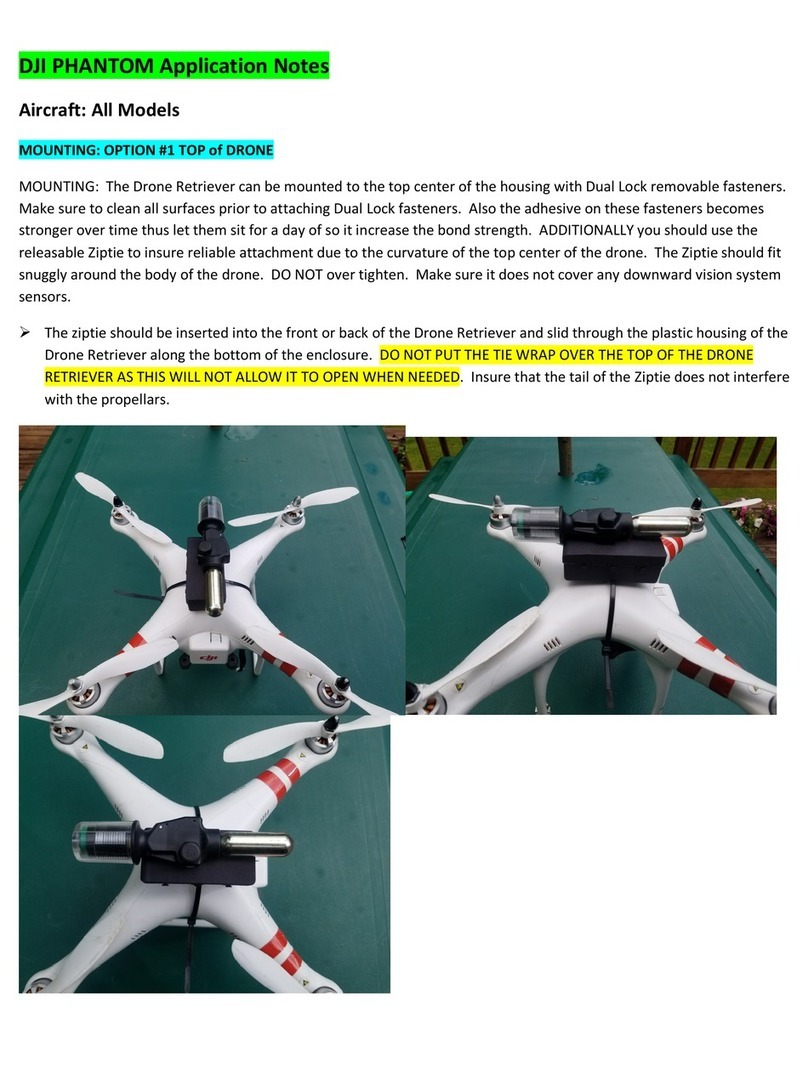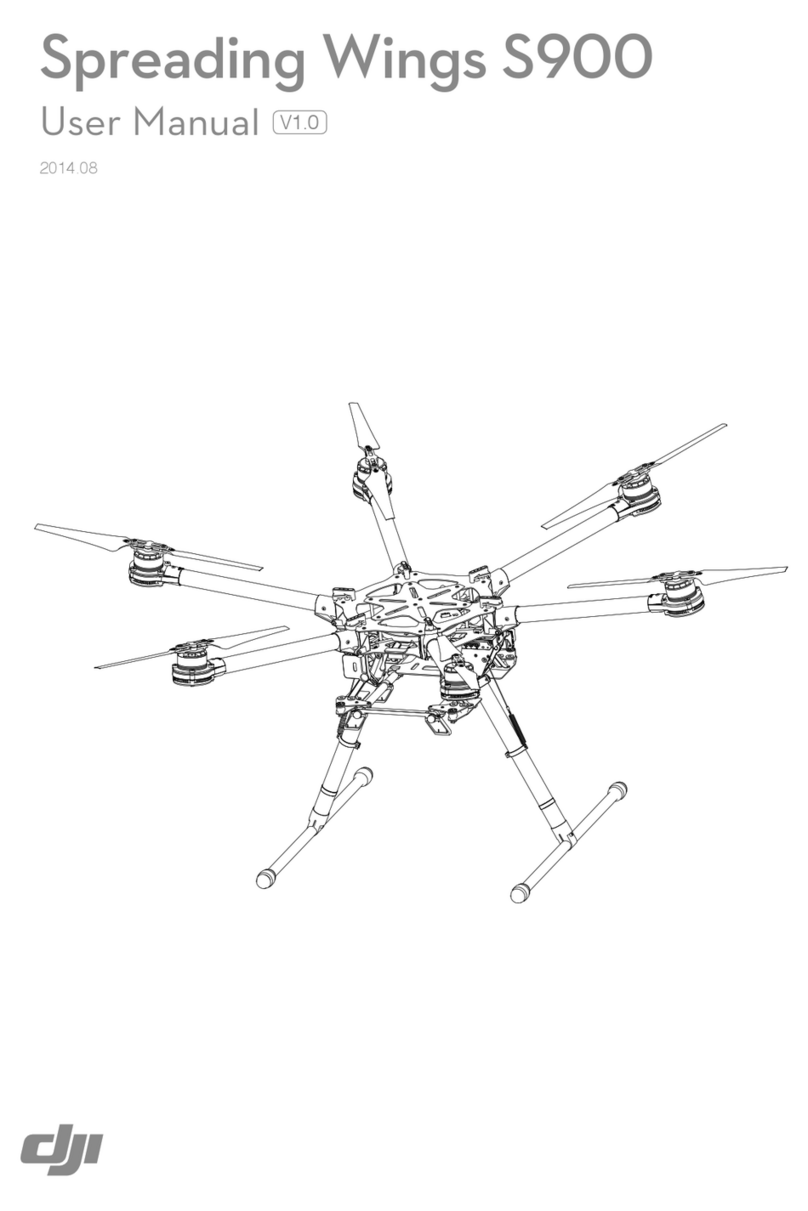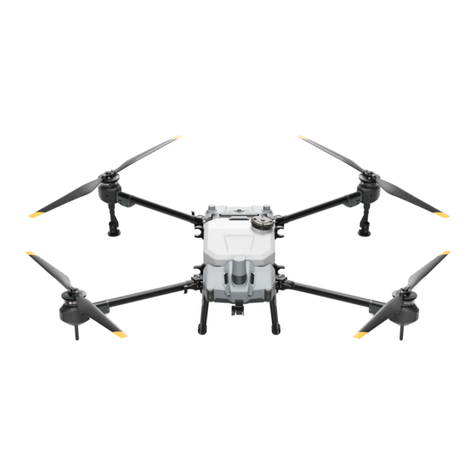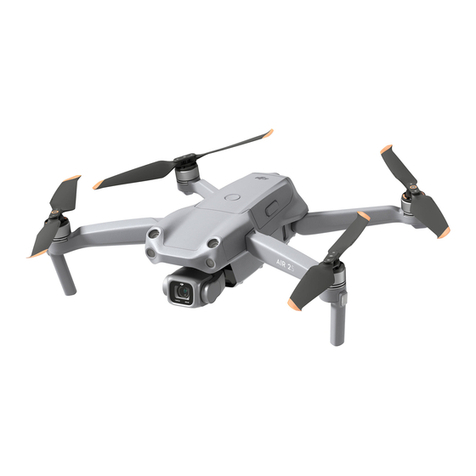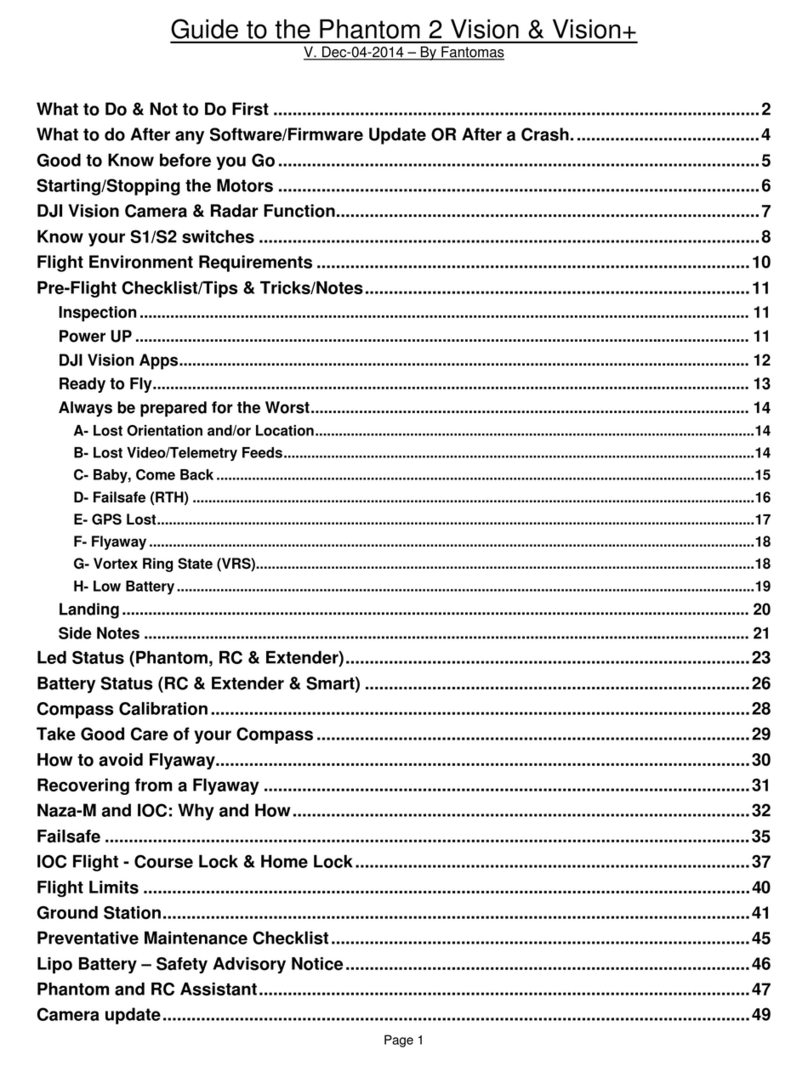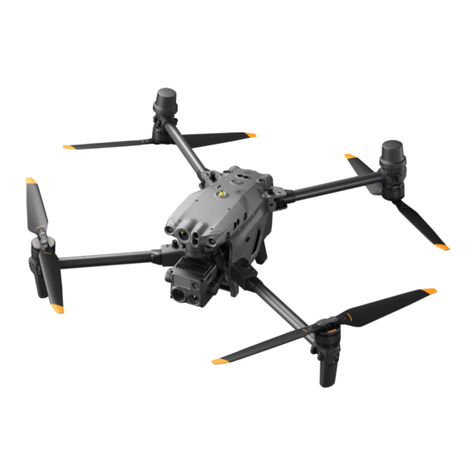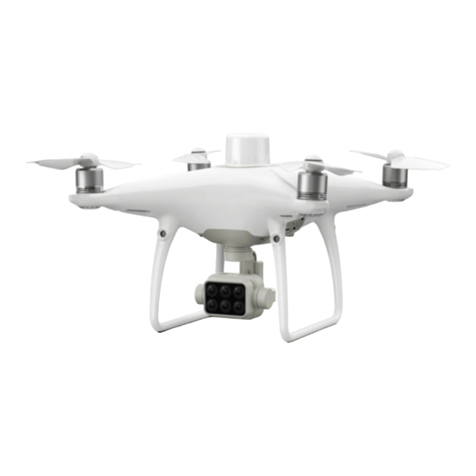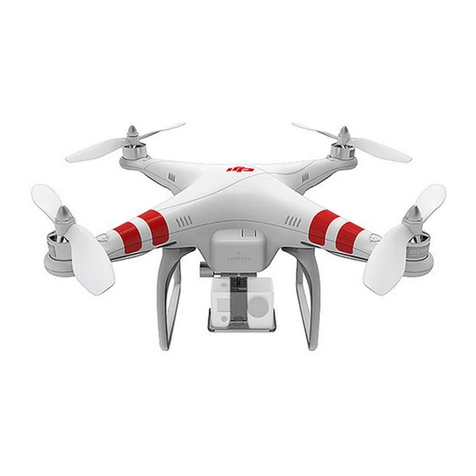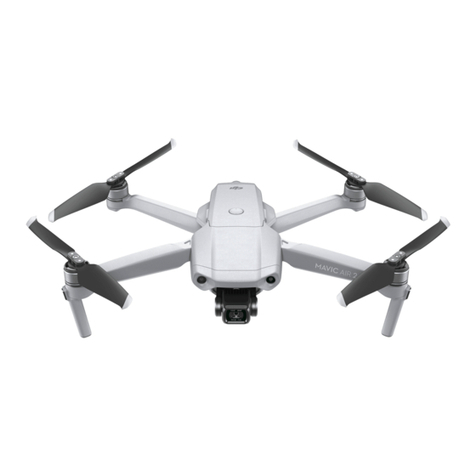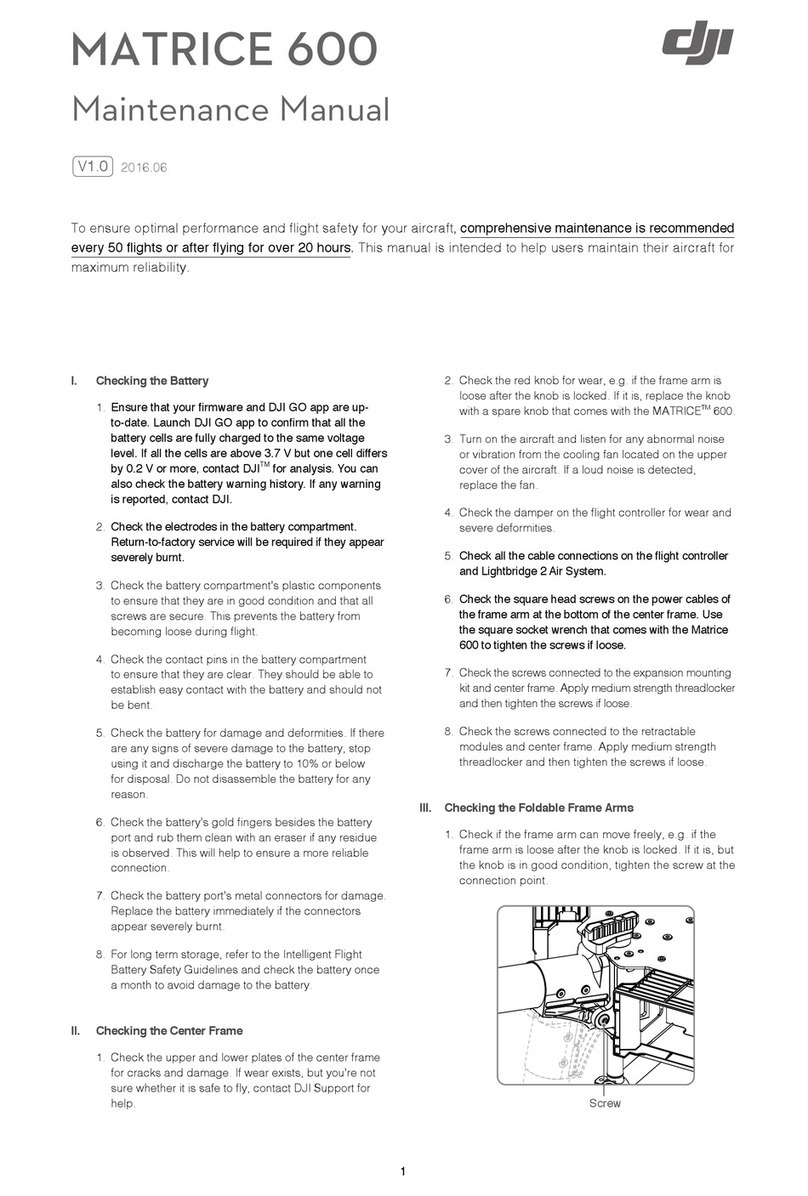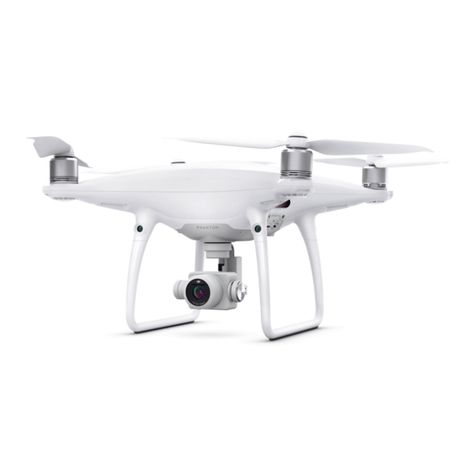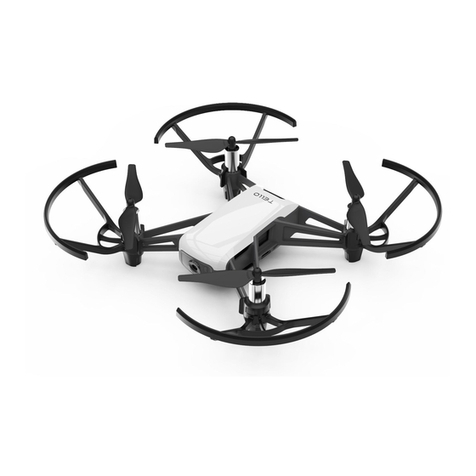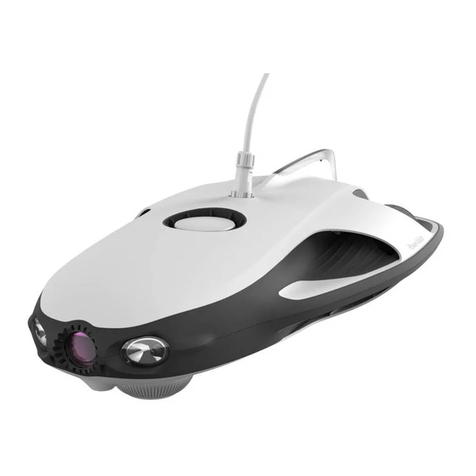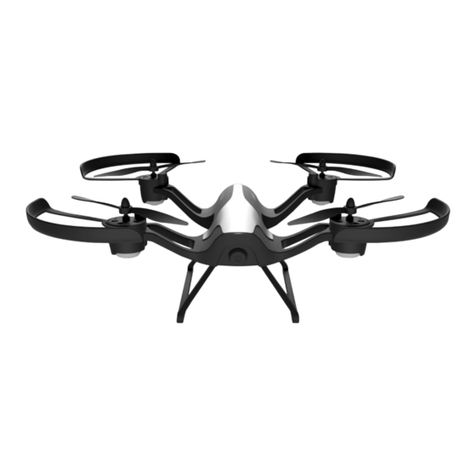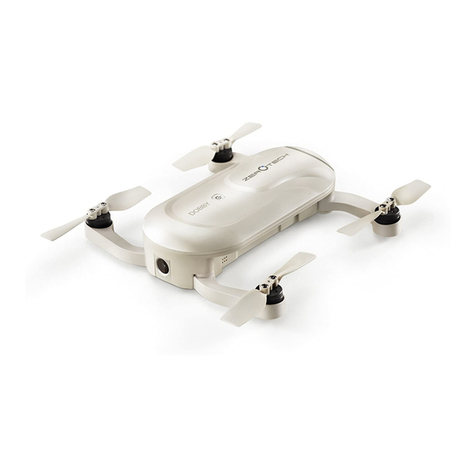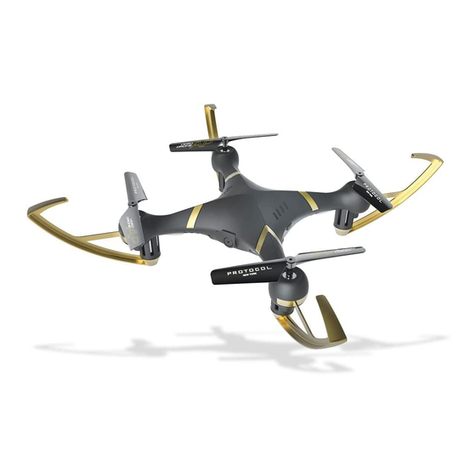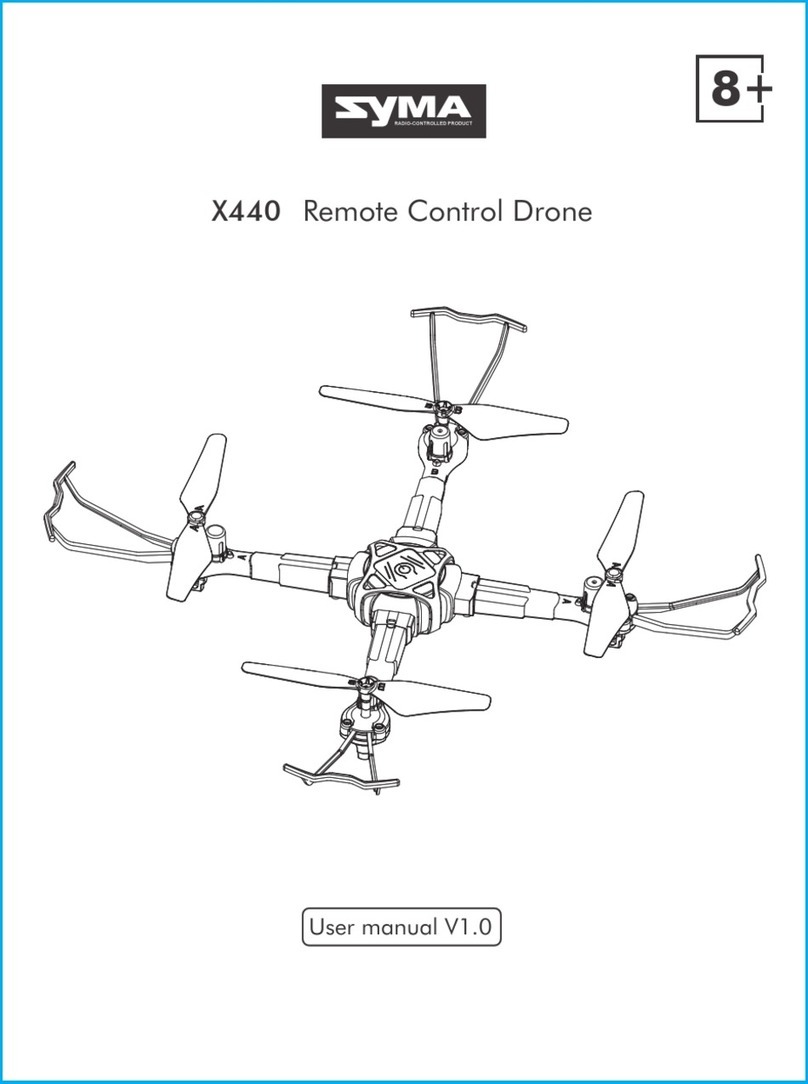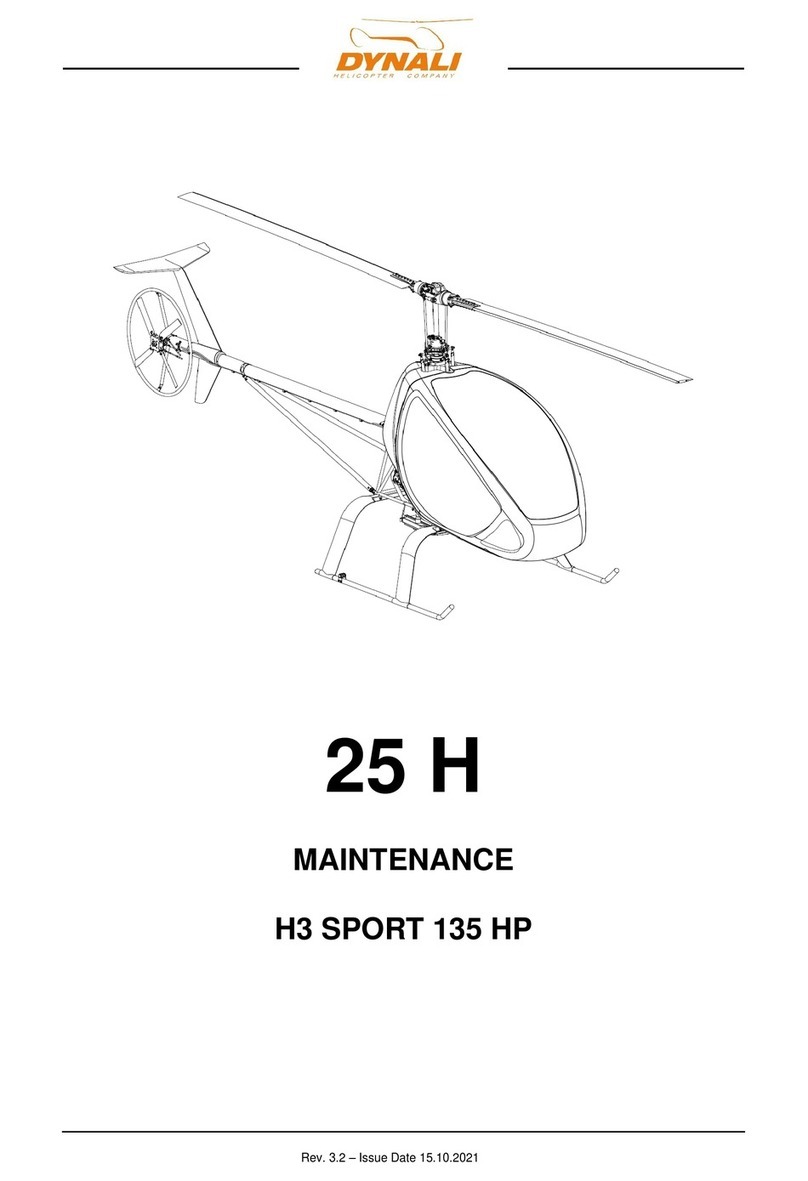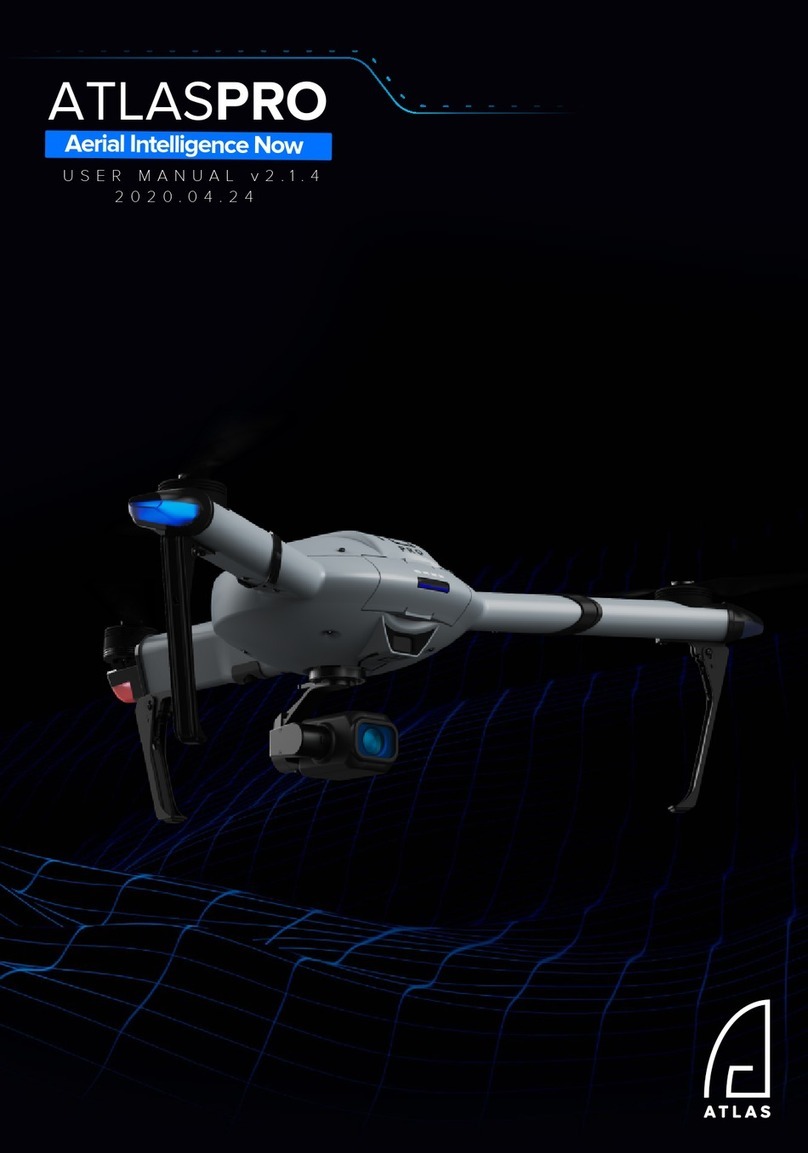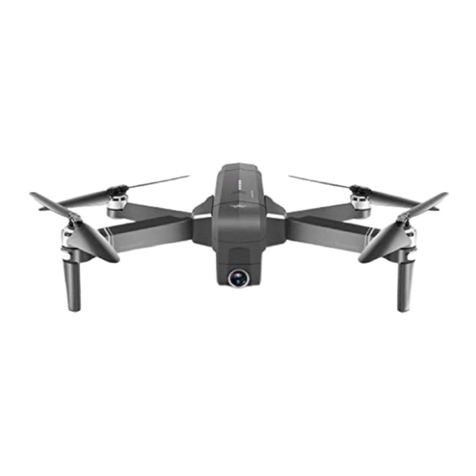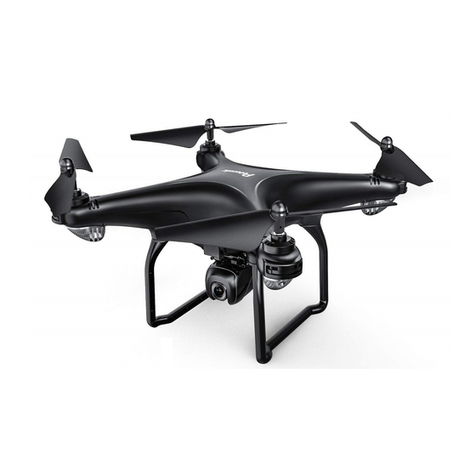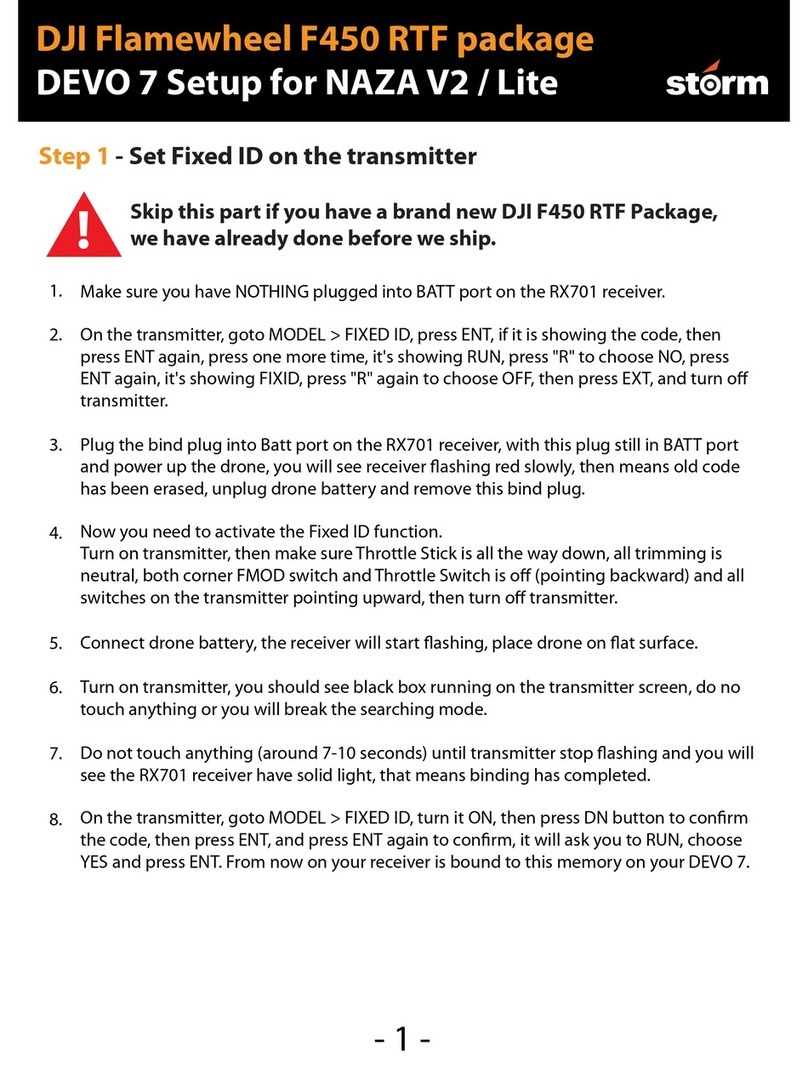
8
EN
Specications
Aircraft (M200 V2)
Dimensions Unfolded, propellers and landing gears included, 883×886×398 mm
Folded, propellers and landing gears excluded, 722×247×242 mm
Diagonal Wheelbase 643 mm
Weight Approx. 4.69 kg (with two TB55 batteries)
Max Takeoff Weight 6.14 kg
Max Payload 1.45 kg
Operating Frequency 2.4000-2.4835 GHz; 5.725-5.850 GHz
EIRP 2.4 GHz: ≤ 26 dBm (NCC/FCC); ≤ 20 dBm (CE/MIC); ≤ 20 dBm (SRRC)
5.8 GHz: ≤ 26 dBm (NCC/FCC); ≤ 14 dBm (CE); ≤ 26 dBm (SRRC)
Hovering Accuracy (P-mode with GPS) Vertical: ±1.64 feet (±0.5 m) or ±0.33 feet (±0.1 m, Downward Vision System enabled)
Horizontal: ±4.92 feet (±1.5 m) or ±0.98 feet (±0.3 m, Downward Vision System enabled)
Max Angular Velocity Pitch: 300°/s, Yaw: 120°/s
Max Pitch Angle S-mode: 35°; P-mode: 30° (Forward Vision System enabled: 25°); A-mode: 30°
Max Ascent Speed 16.4 ft/s (5 m/s)
Max Descent Speed (vertical) 9.8 ft/s (3 m/s)
Max Speed S-mode/A-mode: 81 kph (50.3 mph); P-mode: 61.2 kph (38 mph)
Max Service Ceiling Above Sea Level 9842 feet (3000 m, with 1760S propellers)
Max Wind Resistance 39.4 ft/s (12 m/s)
Max Flight Time (with two TB55 batteries) 38 min (no payload), 24 min (takeoff weight: 6.14 kg)
Supported DJI Gimbals Zenmuse X4S/X5S/X7/XT/XT2/Z30
Supported Gimbal Mounting Single Gimbal, Downward
Ingress Protection Rating IP43
GNSS GPS+GLONASS
Operating Temperature -4° to 122° F (-20° to 50° C)
Remote Controller (GL900A)
Operating Frequency 2.4000-2.4835 GHz; 5.725-5.850 GHz
Max Transmitting Distance
(unobstructed, free of interference) NCC/FCC: 5 mi (8 km); CE/MIC: 3.1 mi (5 km); SRRC: 3.1 mi (5 km)
EIRP 2.4 GHz: ≤ 26 dBm (NCC/FCC); ≤ 20 dBm (CE/MIC); ≤ 20 dBm (SRRC)
5.8 GHz: ≤ 26 dBm (NCC/FCC); ≤ 14 dBm (CE); ≤ 26 dBm (SRRC)
Power Supply Extended Intelligent Battery (Model: WB37-4920mAh-7.6V)
Output Power (max) 13 W (Without supplying power to monitor)
USB Power Supply 1 A 5.2 V (max)
Operating Temperature -4° to 122° F (-20° to 50° C)
Downward Vision System
Velocity Range <32.8 ft/s (10 m/s) at the height of 6.56 feet (2 m)
Altitude Range <32.8 feet (10 m)
Operating Range <32.8 feet (10 m)
Operating Environment Surfaces with clear patterns and adequate lighting (> 15 lux)
Ultrasonic Sensor Operating Range 0.33-16.4 feet (0.1-5 m)
Ultrasonic Sensor Operating Environment Non-absorbing material, rigid surface (thick indoor carpeting will reduce performance)
Forward Vision System
Obstacle Sensing Range 2.3-98.4 feet (0.7-30 m)
FOV Horizontal: 60°; Vertical: 54°
Operating Environment Surfaces with clear patterns and adequate lighting (> 15 lux)
Upward Infrared Sensing System
Obstacle Sensing Range 0-16.4 feet (0-5 m)
FOV ±5°
Operating Environment Large, diffuse and reective obstacles (reectivity >10%)
Intelligent Flight Battery (TB55-7660mAh-22.8V)
Capacity 7660 mAh
Voltage 22.8 V
Battery Type LiPo 6S
Energy 174.6 Wh
Net Weight (Single One) Approx. 885 g
Operating Temperature -4° to 122° F (-20° to 50° C)
Charging Temperature 41° to 104° F (5° to 40° C)
Max Charging Power 180 W
Charger (IN2C180)
Voltage 26.1 V
Rated Power 180 W
Charging Hub (IN2CH)
Input Voltage 26.1 V
Input Current 6.9 A
Download the latest version from
http://www.dji.com/matrice-200-series-v2
※This content is subject to change without prior notice.
MATRICE and DJI are trademarks of DJI.
Copyright © 2019 DJI All Rights Reserved.
Printed in China.
DJI incorporates HDMITM technology.
The terms HDMI and HDMI High-Definition Multimedia
Interface, and the HDMI Logo are trademarks or registered
trademarks of HDMI Licensing LLC in the United States and
other countries.
